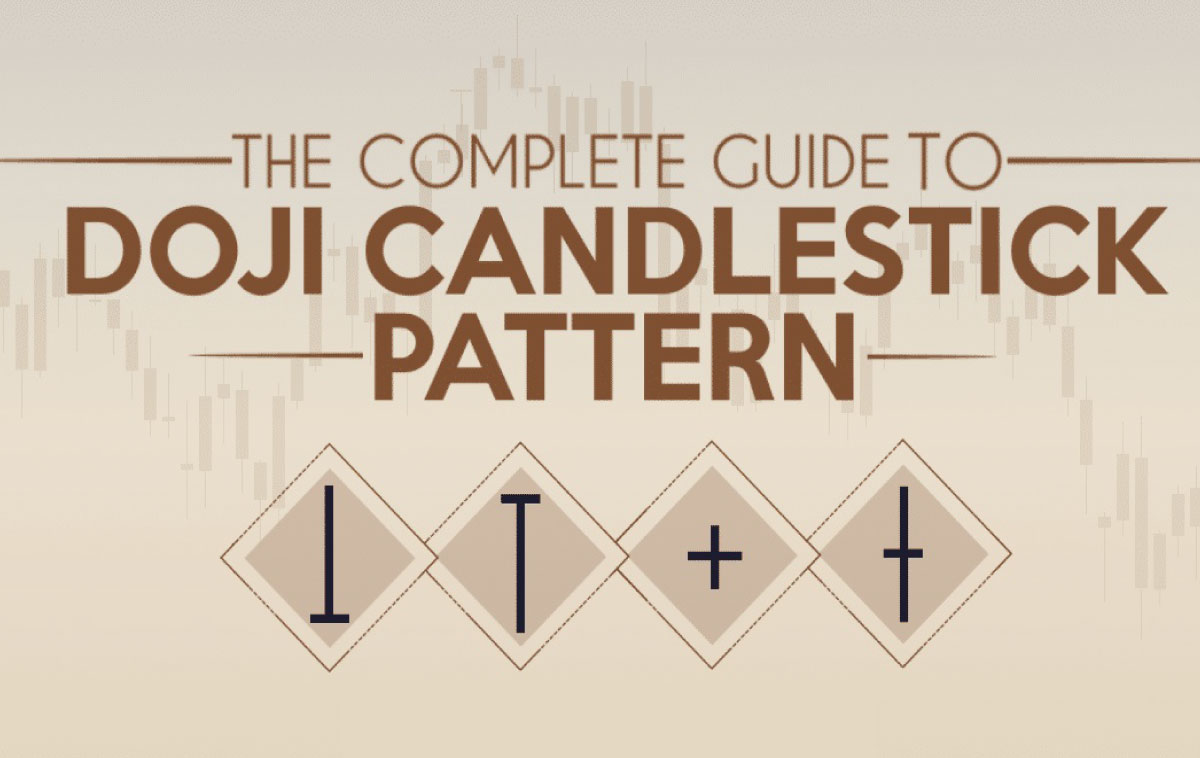Candlestick charts are a popular technical analysis tool used by traders to make informed decisions about buying or selling an asset. One particular candlestick pattern that traders often look out for is the candlestick. We will discuss what a doji candlestick is, how it forms, the different types of doji patterns, and how to trade using this pattern. We will also differentiate the doji candlestick from another popular candlestick pattern, the hammer candle.
Doji Candlestick Pattern
A doji candlestick pattern is a single candlestick pattern that is characterized by a small body with an upper and lower shadow of roughly equal length. It appears on a candlestick chart when the opening and closing prices of an asset are virtually identical, resulting in a candlestick that has no real body. The Doji line is a sign of indecision in the market, as neither the bulls nor the bears have taken control of the price action.
How a Doji Candle Forms
A doji candlestick forms when the opening and closing prices of an asset are very close or identical. This could happen when the market is in a state of indecision, and neither the bulls nor the bears are able to take control of the market. It could also happen when there is a lack of liquidity in the market, resulting in very little price movement.
Types of Doji Candlestick Chart Patterns
There are several types of No-bodiness chart patterns that traders look out for. These include:
Neutral Doji – A neutral doji is a regular four price Doji pattern that has no special characteristics.
Long-legged Doji – A long-legged doji has longer shadows than a regular doji, indicating increased volatility.
Dragonfly Doji – A dragonfly doji has a long lower shadow and no upper shadow, indicating that the bulls have taken control.
Gravestone Doji – A gravestone doji has a long upper shadow and no lower shadow, indicating that the bears have taken control.
Doji Candle vs. Hammer Candle: The Difference
While the doji candlestick pattern and the hammer candlestick pattern may look similar at first glance, there are some differences between the two. The main difference is that the hammer candlestick pattern has a small real body with a long lower shadow, whereas the doji candlestick pattern has no real body at all. The hammer candlestick pattern is a bullish reversal pattern, while the Neutral line pattern is a sign of indecision in the market.
How to Trade Using the Doji Candlestick Pattern
Traders can use the doji candlestick pattern to make informed trading decisions. If a doji candlestick pattern appears after a prolonged uptrend or downtrend, it could be a sign that the trend is about to reverse. Traders could use this as an opportunity to take profits or enter a new position in the opposite direction.
If a Tenuki pattern appears in the middle of a trading range, it could be a sign that the market is in a state of indecision. Traders could use this as a signal to wait for more information before making a trading decision.
In conclusion, the doji candlestick pattern is a popular candlestick pattern used by traders to make informed trading decisions. Traders should look out for the different types of doji candlestick patterns and use them as part of their trading strategy. It is also important to differentiate the doji candlestick pattern from the hammer candlestick pattern to avoid confusion.
